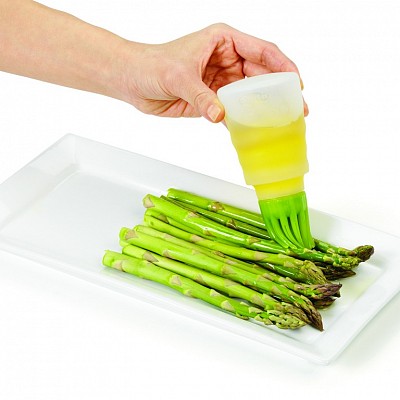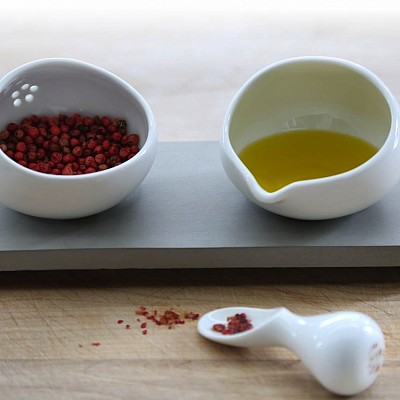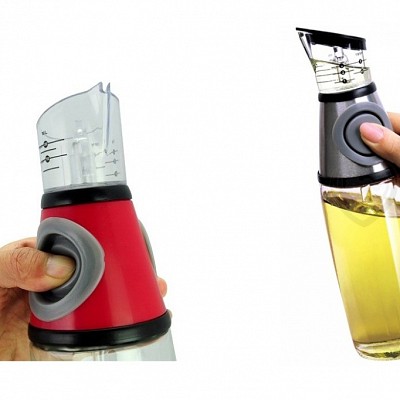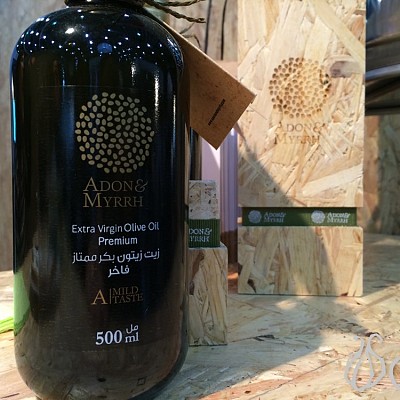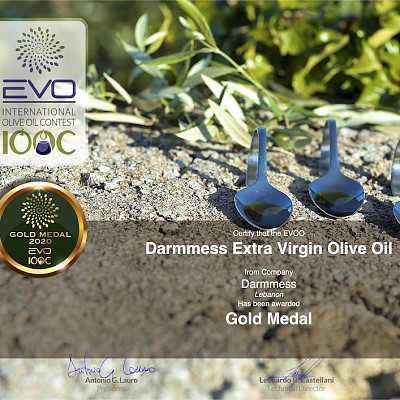Understanding the various types of cooking oils will help you choose which ones to use for recipes. This blog will allow you to become more knowledgeable.
Have you ever walked down the oil aisle at the grocery store and felt overwhelmed? It’s easy to feel that way when seeing all the different types and brands. Recipes call for specific oil types due to the cooking temperature and flavor profiles. Keep reading to explore the various cooking oil types and when to use them.
Extra Virgin Olive Oil
This oil is probably the most popular cooking oil. It has the reputation of being a versatile and healthy fat in the cooking world. It’s widely available and provides multiple benefits for everyone.
Extra-virgin olive oil (EVOO) has a low smoke point, which means it’s not the best oil for all cooking situations. If you’re cooking at temperatures above 375 degrees, you’ll want to avoid using EVOO. Use this oil in colder dishes, such as dressings, salads, and dips. It’s also great for low-temperature cooking, including sautéing and searing.
Vegetable Oils
Vegetable oil became a staple in the 1970s. The most popular vegetable cooking oil is canola oil, which Canadian researchers developed at the University of Manitoba. All vegetable oils come from a blend of vegetables, and the refining process creates a neutral product.
The medium-high smoke point means you can use vegetable oils for different cooking applications, such as frying, sautéing, baking, and grilling.
Coconut Oil
There are two varieties of coconut oil: unrefined and refined. Refined coconut oil has a high smoking point with a light-coconut flavor, while virgin coconut oil has a stronger coconut taste and a lower smoking point. You can use either type in your baking in a 1:1 ratio for oil types and butter.
Sesame Oil
Are you curious about the unsung hero of cooking oils? Sesame oil gives olive oil a run for its money because it contains antioxidants and monosaturated fats. This healthy cooking oil has a mid-range smoke point, so it’s great for adding to stir-fried dishes and sauteeing vegetables and meats. Sesame oil is incredibly flavorful—a little will go a long way.
Ensure you correctly dispose of your cooking oil when you finish cooking. Various cooking oils are on the market, and using them properly will help ensure delicious meals. You could end up with burnt food if you’re not careful!

































